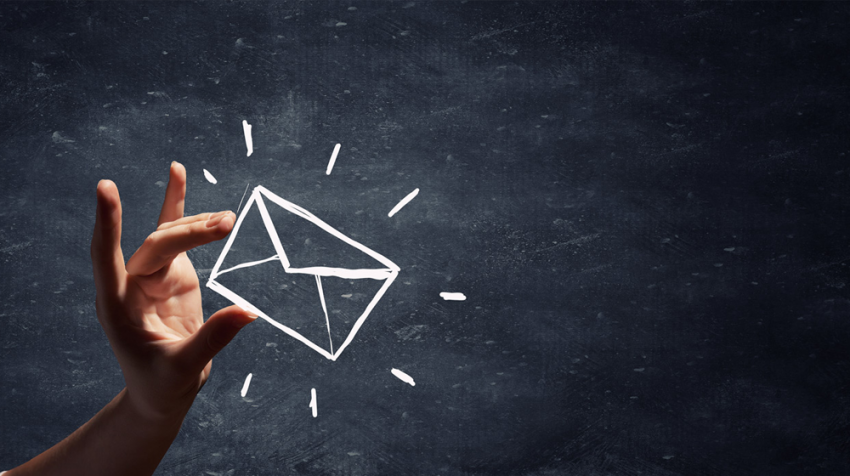Consumer Email Use Up 17% Over Last Year, Is Your Business Engaging?

The fourth annual Adobe Consumer Email Survey has revealed consumer use is up 17% year over year. This is despite the fact there are now more channels available for consumers to interact and engage with their favorite brands.
The survey points out consumers are checking their personal email an average of 2.5 hours on any given weekday. This is in addition to spending an average of 3.1 hours checking their work email.
Suffice it to say, email is not going anywhere anytime soon. This includes small businesses looking for an affordable and effective marketing tool.
According to Campaign Monitor, email delivers the highest ROI for marketers and it beats social by 40X for customer acquisition.
Kristin Naragon, head of Adobe Campaign, explained why email continues to be one of the best marketing tools for marketers. On the company blog, Naragon said, “Why is email so ingrained in our lives? One reason may be that it’s so manageable—we can sort, file, filter, and generally get things done. It’s also a known, safe quantity. We’re familiar with how to make email work for us, and we feel confident about the privacy of our data.”
For small business owners, it means being able to launch targeted campaigns without breaking the bank while seeing real-world results.
The survey was carried out with the participation of 1,000 white-collar workers to look how consumers are communicating across email and other channels.
Consumer Email Statistics
The 17% year over year rate represents a steady growth in the use of email. So much so, 85% of the respondents said they check it before they go to work and close to a quarter look at their email before they even get out of bed in the morning.

This type of engagement shows email is still highly relevant for brands by a long shot. When it comes to interacting with brands through email, 50% said it is their preferred channel.
Direct mail is next at 20%, followed by a phone call, text message/SMS, and social media channels at an equal 7%. Although chat bot use is up by 200%, it only represents 3% of the way consumers interact with brands.
Email is effective, but it has some drawbacks as consumers are quick to pull the unsubscribe button if they are not happy.
The survey said 45% of respondents unsubscribe because they get too many emails. This can be solved by being more diligent when brands interact with their customers.

One third or 33% said, not recommending products that match their interests is a big enough reason to unsubscribe. Another 22% said sending offers that have already expired is an issue, while 17% said misspelling their names is equally problematic.
Email in the Workplace
When it comes to using email in the workplace, consumers between 25 to 34 years old spend more time in their inbox with 6.4 hours per day. This is compared to 5.8 hours for those 18 to 24 years old and 5.2 hours for those over 35 years of age.
Email has also become a preferred way for workplace communication, as it ties face-to-face conversations at 31%. Phone communication comes in at 16% and instant messaging is at 11%. This is followed by file-sharing services, enterprise social network, and video conferencing at four, three, and 3 percent respectively.

Email for the Small Business Owner
For the small business owner, email is an affordable option to increase their presence by interacting and engaging with their customers. Adobe says the solution it provides helps entrepreneurs with tools for delivering the maximum impact with their email marketing.
This includes: predicting the best time to send emails; intelligently segmenting emails based on individual engagement; simplifying email creation; obtaining and acting on more granular insights; creating multilingual push messages, and scaling and delivering contextual emails
You can take a look at the rest of the data here on SlideShare.
[“Source-smallbiztrends”]




